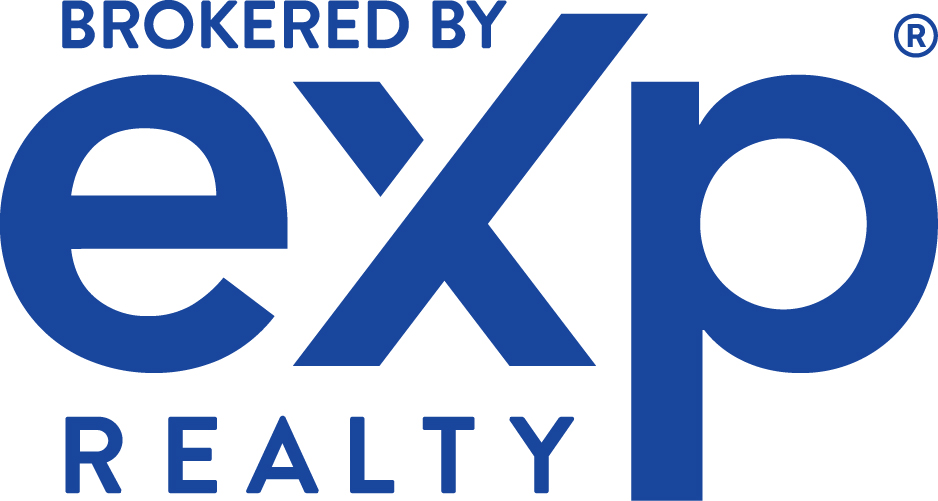You’ve found the ideal house, and the seller accepted your offer. You’re giddy with excitement and want to move in – tomorrow. Not so fast; the escrow process is about to keep you from walking over that threshold, at least for a month or two. When your house is in escrow, there are a number of documents to record and certain conditions to meet before you seal the deal.
Tip
The escrow process begins after the seller accepts your offer on the house. It includes steps to deposit money into the escrow account, fill out required documents and follow other instructions to close the home sale.
Offer and Contract Accepted
After a seller accepts the offer to buy the home, the escrow process begins. Escrow includes depositing necessary monies, documents and instructions into an account. These items stay in the account while the buyer and seller fulfill their obligations.
The process ensures that funds aren’t distributed until both buyer and seller meet the terms and conditions of the purchase agreement. To keep things fair and impartial, a neutral party with no vested interest in the house – also known as an escrow agent – draws up the purchase agreement and coordinates the closing process.
Importance of Escrow
Escrow protects and minimizes risks to all parties in the real estate transaction, including the lender. For example, the escrow account ensures that the buyer is acting in good faith with his offer, providing evidence of financial ability to the seller and the lender. Escrow protects the buyer by proving that the seller legally owns the house, and that the house has a clear title with no liens or claims from other parties.
The escrow process also protects the escrow agent. Once the buyer has placed his earnest money into the escrow account, the agent knows he won’t be doing work for nothing.
Steps of the Escrow Process
The escrow process varies from state to state, but a few steps are commonly undertaken. The escrow officer assigns a number to the account and collects the sales contract, the buyer’s earnest money and other instructions related to the sale. These instructions may include contingencies for home and flood insurance, home inspections, repairs the seller must make or any other steps that the parties must commit to before the sale can progress. Then the buyer orders a title search and buys title insurance to protect himself against unexpected claims on the house.
Perils and Pitfalls
Although all parties plan for a smooth and successful home sale, many factors can cause escrow to fail. For instance, if the escrow agent doesn’t do his job correctly, the seller can refuse to sell the house. If the home appraises for less than the selling price, the buyer must make up the difference or forfeit the home. A lender won’t loan more for a house than what it’s worth.
Escrow fails can also happen if something goes astray with the buyer’s ability to secure financing for the house, or if the home inspection reveals a problem and the buyer decides that the house isn’t what he bargained for.
Closing the Home Sale
When all goes as planned, the buyer must sign a pile of documents, after which the mortgage lender pays the seller. Escrow closes when the deed gets recorded in the buyer’s name. After closing, you take legal possession of the house and the purchase is complete.
Your search results

